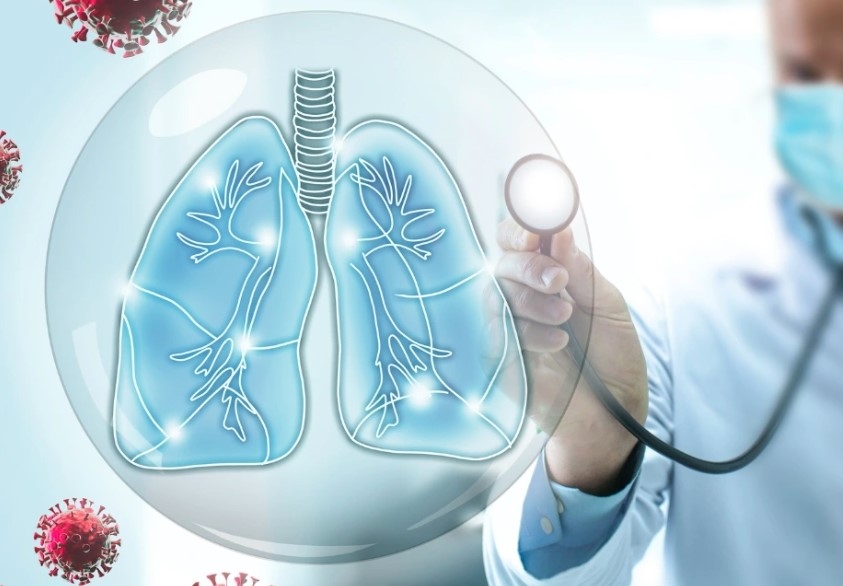Experts urge calm and caution over hMPV in China
VOV.VN - The human metapneumovirus (hMPV) causing pneumonia in China is not a dangerous virus, and therefore, people should not panic. However, caution should still be exercised in preventing the disease, according to Tran Dac Phu, former Director of the Preventive Medicine Department under the Ministry of Health.

Earlier, on January 2, some foreign news outlets reported an outbreak in China of pneumonia cases caused by hMPV and noted that the disease was spreading quickly with symptoms similar to the flu and COVID-19, raising concerns about a potential new health crisis following the COVID-19 pandemic.
The rise in cases in China is attributed to the decline in community immunity during the COVID-19 social distancing period, which led to fewer hMPV cases. Since hMPV is a seasonal virus, it tends to spread more during the winter-spring months. As the virus season arrived, combined with limited disease control measures, the drop in community immunity has resulted in the recent surge in cases.
“These are common viruses, not dangerous, so there’s no need for panic. However, people should take precautions just like with other respiratory diseases. When experiencing symptoms such as cough, fever, or runny nose, avoid crowded places to prevent transmission. Regularly wash hands, maintain hygiene, and wear masks when in contact with infected individuals. In short, prevent the disease like COVID-19 and other respiratory infections,” Phu advised.
He also emphasized the importance of staying updated with information from the World Health Organization (WHO) to ensure appropriate responses, urging people not to panic but to remain cautious in disease prevention.
Comparing hMPV and SARS-CoV-2, Dr. Do Van Dung, Head of Public Health at the University of Medicine and Pharmacy in Ho Chi Minh City, noted that hMPV spreads less than SARS-CoV-2. Its basic reproduction rate is 2, while SARS-CoV-2 can reach 5 or higher, particularly during the Delta variant surge. hMPV usually causes mild fever and respiratory symptoms such as runny nose, sore throat, cough, and wheezing, whereas COVID-19 can cause more severe symptoms, including high fever, fatigue, muscle pain, and potentially fatal respiratory failure. hMPV is less dangerous but can pose risks for young children, the elderly, or those with underlying conditions.
Although there is no vaccine for hMPV, its low severity and limited spread mean there is no need for concern. Preventive measures for hMPV are similar to those for other respiratory diseases, including frequent hand washing, avoiding touching the face, ensuring good ventilation in rooms and homes, avoiding crowded places, wearing masks, and staying home if symptomatic, especially for those at higher risk.
The World Health Organization (WHO) on January 7 released official information about the pneumonia virus in China. The organization stated that respiratory infections are common during the winter months in temperate regions, and the recent rise in respiratory infections in the Northern Hemisphere was expected. Various respiratory pathogens occurring during winter may put additional strain on healthcare systems.
WHO recommended basic preventive measures, such as staying home for mild symptoms, wearing masks in crowded or poorly ventilated areas, covering the mouth when coughing or sneezing, washing hands frequently, and getting vaccinated according to health guidelines.
High-risk individuals or those with severe symptoms should seek medical care promptly. Countries are advised to monitor respiratory pathogens based on their specific context and refrain from imposing trade or travel restrictions related to current respiratory diseases.


